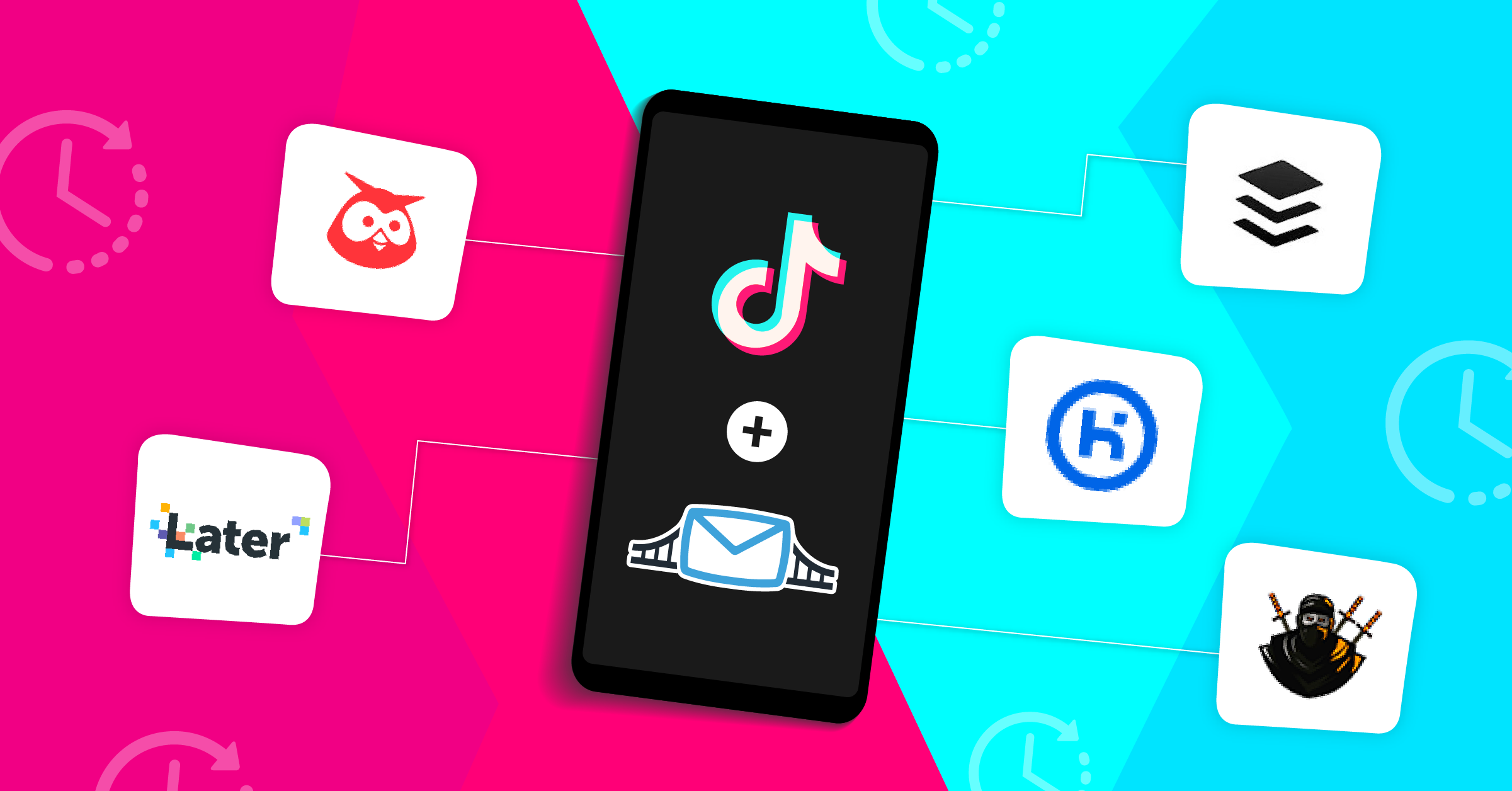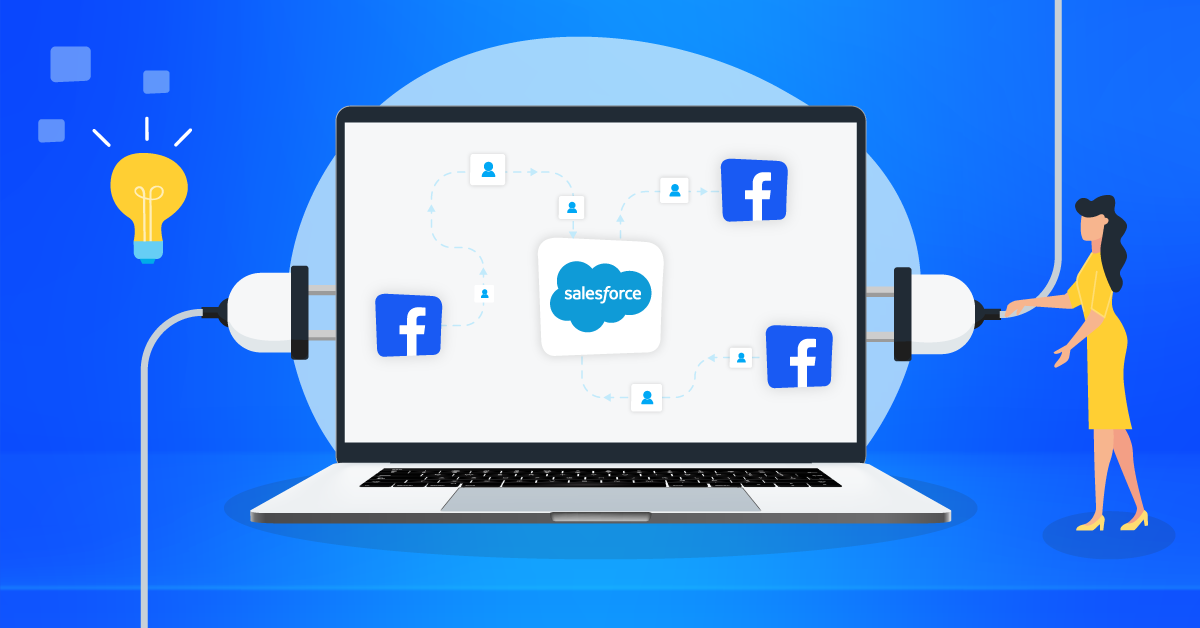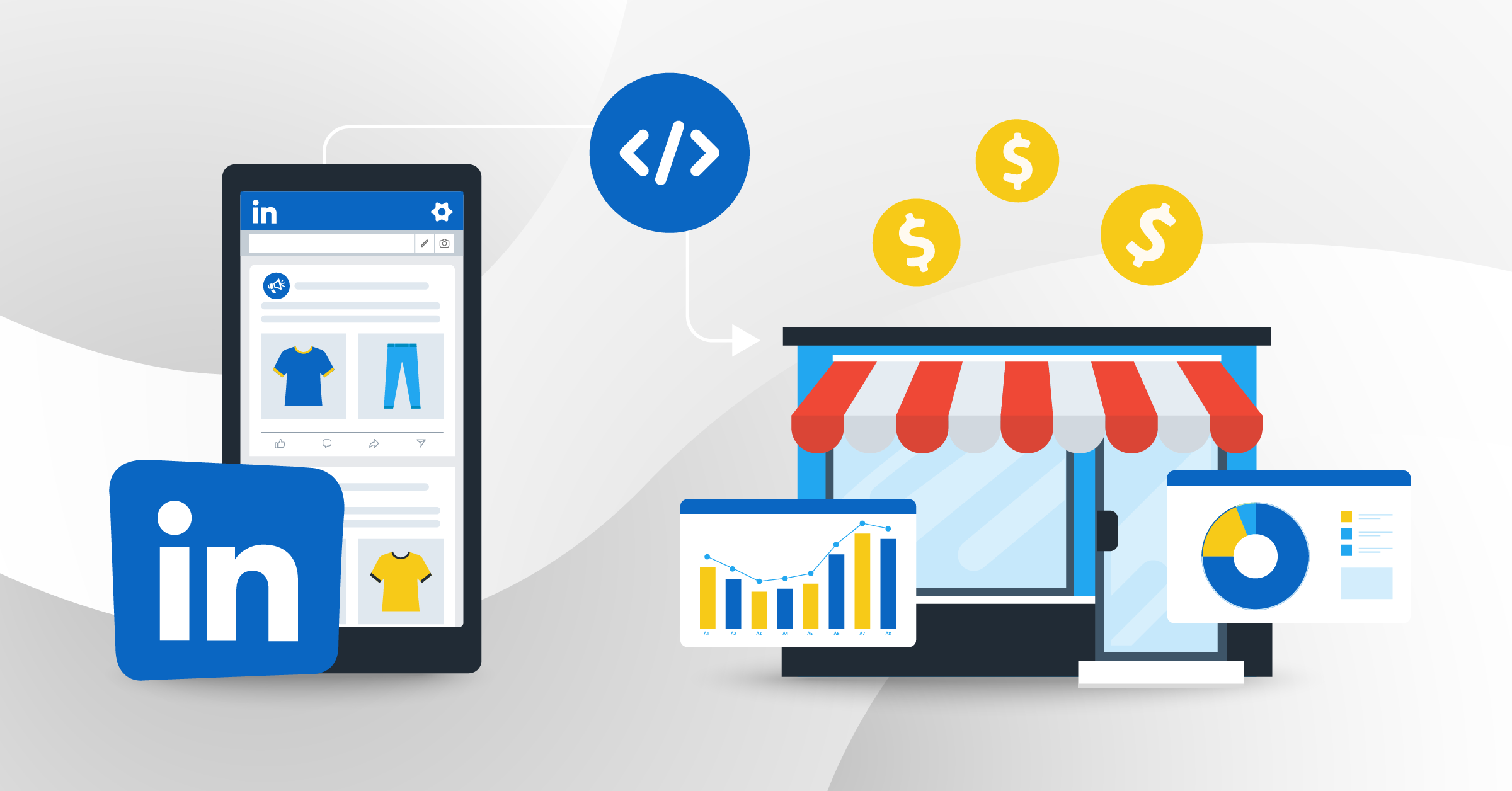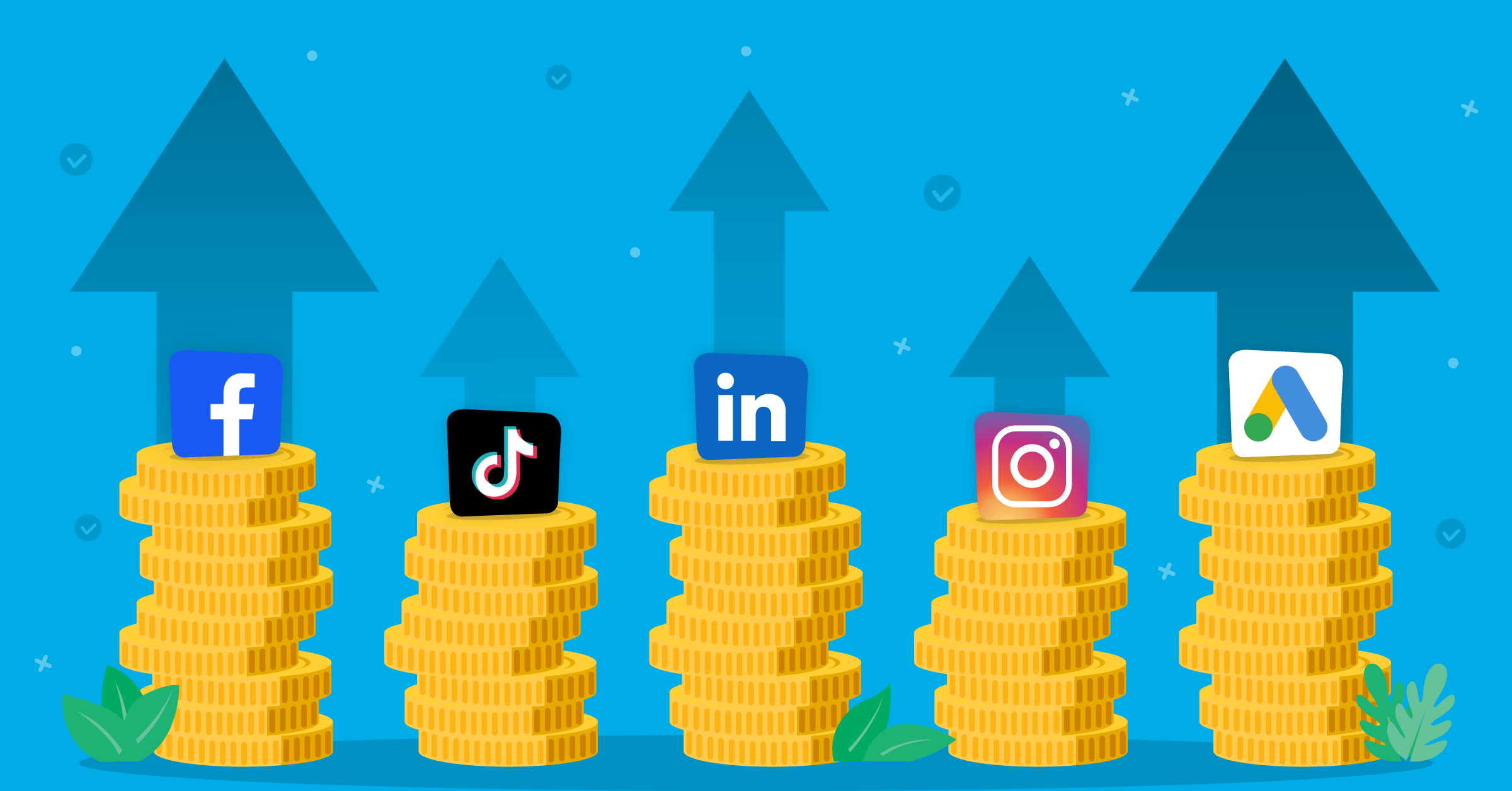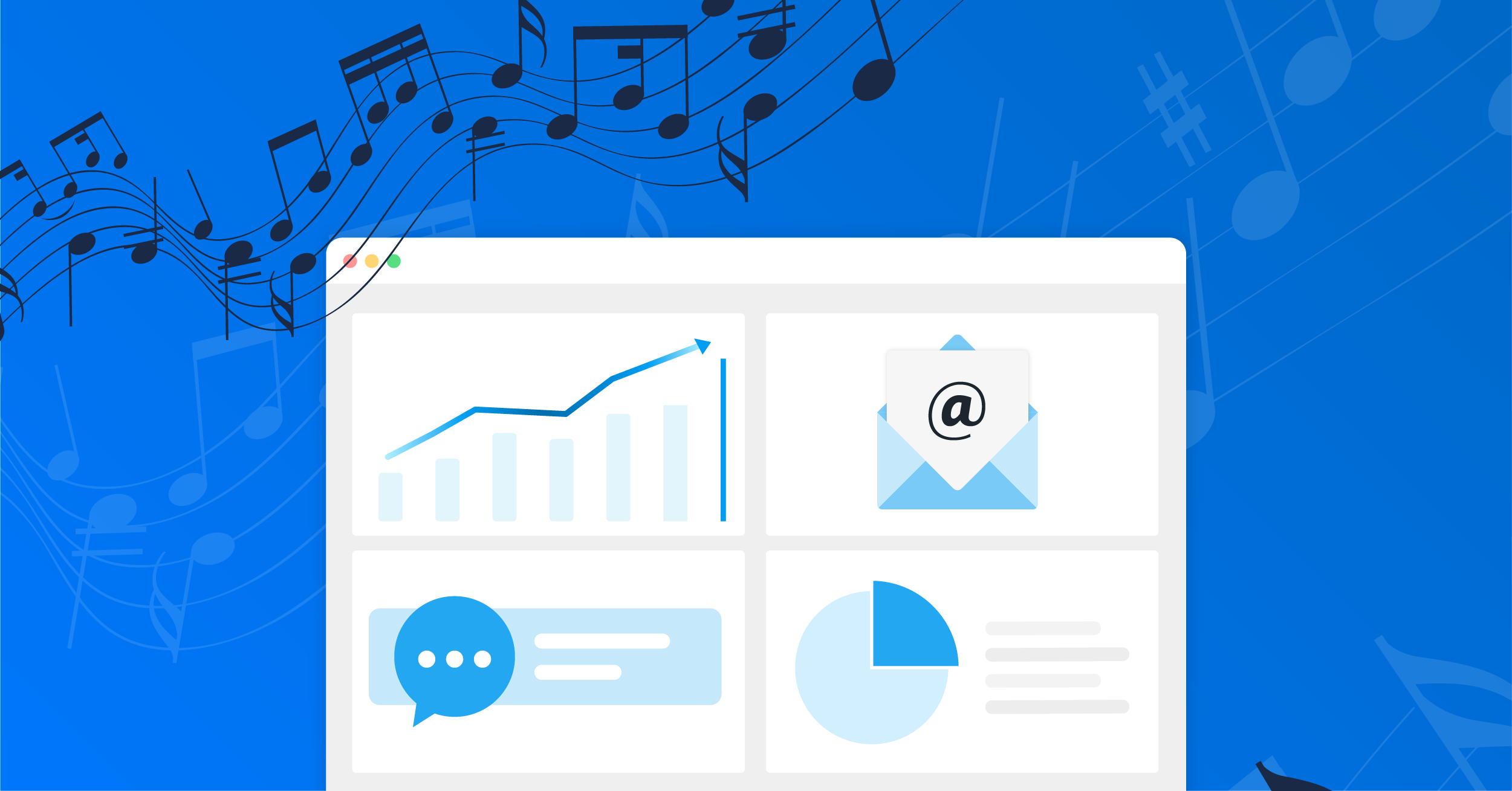
As businesses grow, there’s always a surge of contact information they need to track.
You’ve got leads in your Facebook Ads database; existing clients in your CRM; user engagement data in your email software; purchase data in your POS system and more.
There’s so much valuable and actionable data there, but it doesn’t do you much good when it’s all jumbled and disconnected.
That’s where customer data orchestration comes into play.
In this post, we’ll explore how data orchestration can help you refine your customer data, providing you with the most current information at every interaction point, and enabling you to make actionable decisions.
What is data orchestration?
Customer data orchestration is the process of managing data, including syncing it from multiple different sources, to ensure that your information is all up to date.
This includes consolidating all of your data and removing outdated or duplicate data. It’s a little like a database integration cross-platform.
With data orchestration tools, for example, you can set up automation so that newly completed lead forms send information right to your CRM. And when new users convert to your site, their data is also sent to your CRM.
You’re getting a central location for all data, which can then be used to send that data outwards to other platforms (like custom audiences on Facebook or segmented audiences in email). With data orchestration tools, you can automate lead form submissions and new user data to be sent directly to your CRM. This centralizes all your data, allowing for easy distribution to other platforms like Facebook or email. Tools like LeadsBridge streamline data management and allow for custom data transfer rules between systems.
How does customer data orchestration work?
Customer data orchestration works largely thanks to automation-focused software. The last thing you’d want to do, after all, is to try to update that kind of information manually. You can, but you don’t want to.
Data orchestration typically utilizes integrations that will move information between platforms. This is often action-based; a trigger occurs (like a lead form being submitted), and a resulting action sends the data to a separate tool of your choice.
Many data orchestration tools allow you to set up specific rules for how data is transferred or added between systems.
With LeadsBridge, for example, you can soon set up an integration that allows you to sync your incoming leads with your CRM or e-commerce platform.
You can also use rules to customize this process. You can, for example, set up rules to send you new leads’ information only when they meet certain criteria like where you’ll be shipping them to. This prevents your sales team, even marketing automation from following up with leads that cannot be customers. For instance, you can receive a notification on Slack every time a customer makes a purchase with a shipping address located in a specific city. Or utilize LeadsBridge’s fields mapping feature, which, when connecting Facebook Lead Ads to your CRM, allows you to define specific fields to better map leads’ information as it flows into your lead management system.
What is a data orchestration platform & why you need it
As we briefly discussed above, data orchestration platforms handle the data syncing process to ensure that nothing is missed and that all your business’s vital customer information is in one central location.
LeadsBridge is an example of data orchestration software. We allow you to set up integrations and actions between multiple different platforms (including social media sites, your CRM, your email software, your help desk software, and more) so that customer data can be shared and interconnected across each touchpoint.
The reality is that this isn’t really possible to do at scale when you’re going the manual route, even if you have data entry specialists on hand. There’s so much data coming in at every touchpoint that it would be impossible to keep up. There are too many platforms to manage, and once you account for human error and how chaotic it would be, it’s easy to see why data orchestration platforms are the way to go.
And bonus: Data orchestration as a service is significantly cheaper than trying to do this manually, too.
Creating a data orchestration strategy
Data orchestration is a strategic process that streamlines and enhances the management of data across various touchpoints. It involves three critical steps to ensure that data is not only accurate but also actionable.
- First, data collection is fundamental. This step involves gathering data from diverse sources, including direct customer interactions, social media platforms, and transactional systems, to provide a holistic view of the customer journey.
- Second, data integration comes into play. Here, the collected data is consolidated and standardized, allowing different systems to communicate seamlessly. This step is crucial for breaking down data silos and ensuring that all parts of the organization have access to the same information.
- Third, data activation is where the real value is unlocked. By applying analytical tools and technologies, businesses can extract actionable insights from their integrated data sets, enabling personalized customer experiences and informed decision-making across all channels.
Together, these steps form the backbone of an effective data orchestration strategy, leading to improved customer satisfaction and business performance.
Data orchestration benefits
Data orchestration offers a multitude of benefits that can transform how businesses manage and utilize their data. Here are three key advantages:
Enhanced data accuracy and quality
- Centralizes data collection and integration, reducing errors and inconsistencies.
- Ensures all departments access the most current and correct data, enhancing decision-making accuracy.
Increased operational efficiency
- Automates data processes, minimizing manual interventions and reducing the likelihood of human error.
- Streamlines workflows, enabling faster response times and more efficient use of resources.
Improved customer experiences
- Facilitates a unified view of customer interactions across all channels, leading to more personalized service.
- Enables real-time data updates, allowing businesses to respond proactively to customer needs and preferences.
By integrating data orchestration into day-to-day operations, businesses can not only improve internal efficiencies but also deliver superior customer service, ultimately driving growth and competitiveness in the market.
What LeadsBridge’s data orchestration platform can do
When you’re looking at data orchestration as a service, everything is automated and on your terms. We take that seriously here at LeadsBridge. We offer the following services and more:
- Lead syncing. No matter where your leads are coming in— social media, your site, or other third-party platforms— we’ll make sure that new lead information is added to your database right away. They’ll be sent your CRM and your sales team can be notified to start following up ASAP so no one ever slips through the cracks.
- Custom audience syncing. Many social media platforms allow you to set up custom audiences, which are created by uploading lists of customer data to retarget them. Always have up-to-date custom audience syncing with our integration, which pulls current data from your CRM and/or email software so that you’re always retargeting to users at the right time based on specific niche actions or qualifications.
- Offline conversions syncing. Customers may make a purchase in-store, and without data orchestration, they’ll fail to be added to your online records. Take advantage of our offline conversions tracking integrations so that all of your customer and sales data is always available— even if it didn’t happen online.
- Platform-to-platform data transfers. Platform-to-platform data syncing allows you to collect all of your data in one place, and send it back out to tools as needed. You can see who is opening your emails in your CRM, and use that to create custom audiences in Facebook while also sending follow-up messages. This keeps all of your records relevant no matter which platform you’re looking at.
- Custom integrations. Need some sort of data orchestration integration that we don’t offer in any of our standard plans? We can custom-create one just for you. Learn more about how this works here.
Final Thoughts
Data orchestration software is a must-have for all businesses so that you can accurately keep up with customer data across every platform where they can interact with you. This isn’t something that you can do manually, even as a small business with just a few platforms.
There are plenty of use cases for data orchestration, so think about what would benefit your business most, and choose a tool that will work for you.
Want to learn more about how LeadsBridge’s data orchestration features can benefit your business? See how it all works here.





















